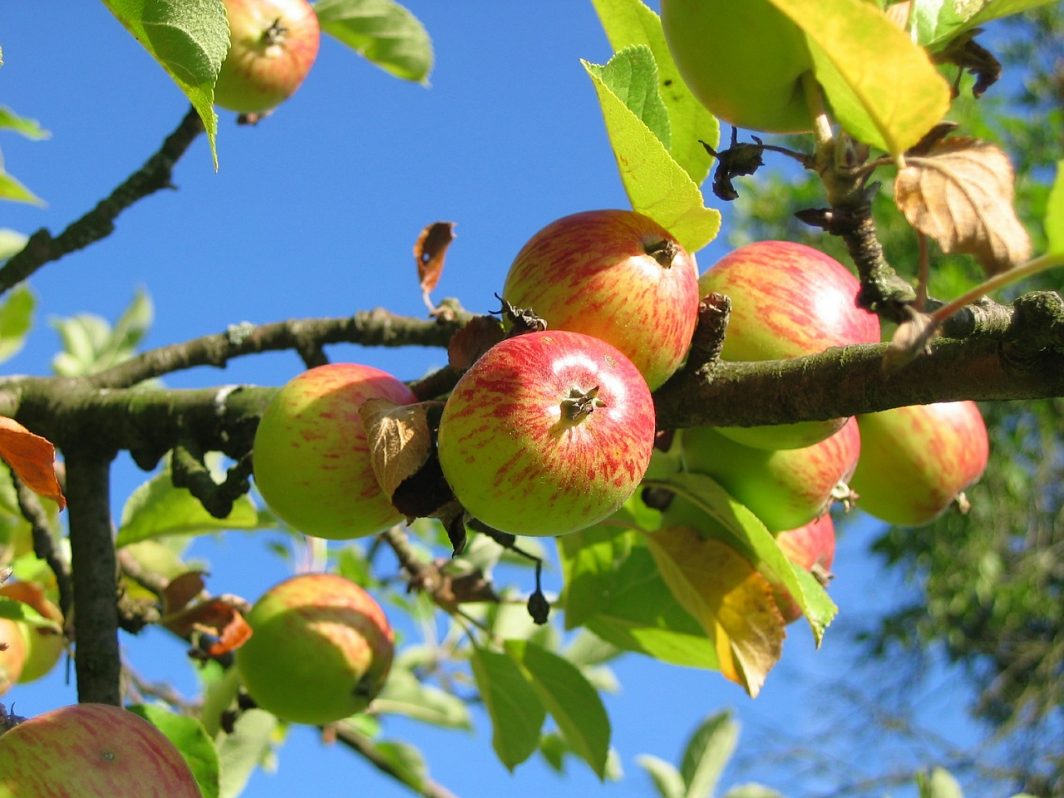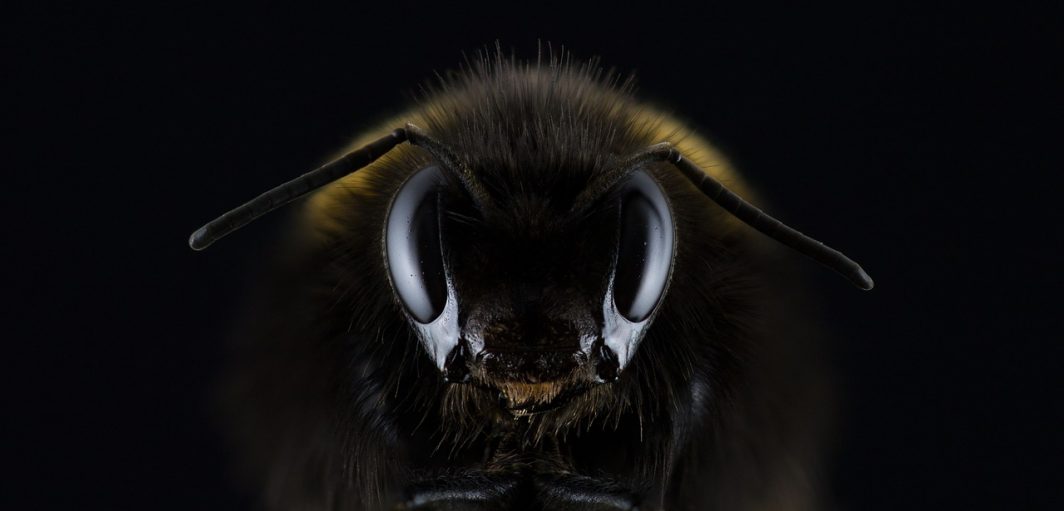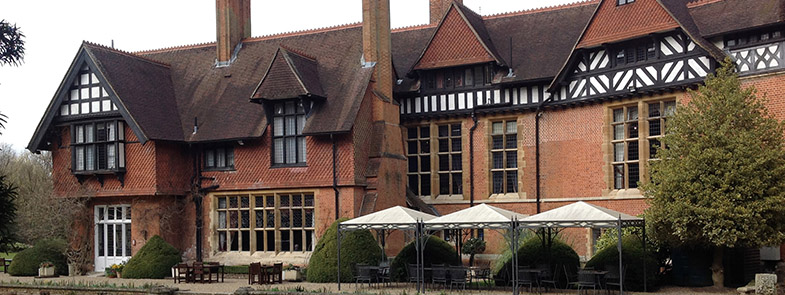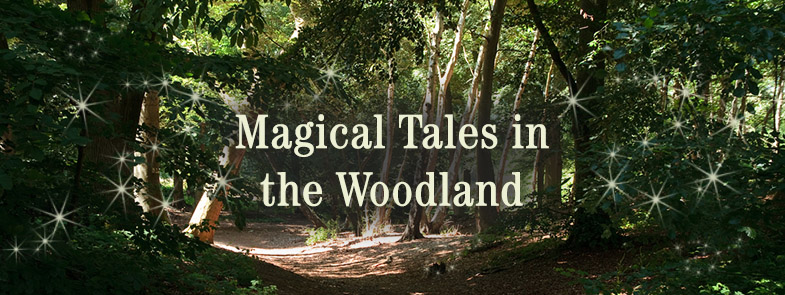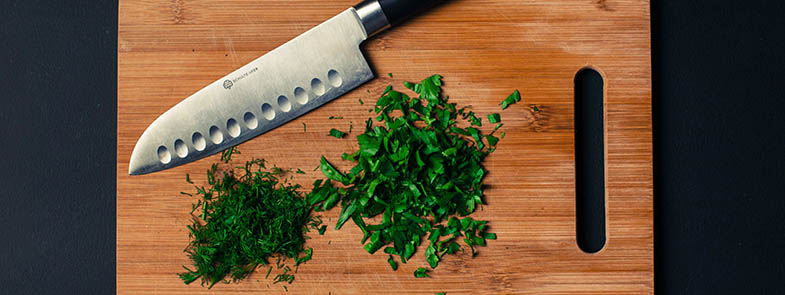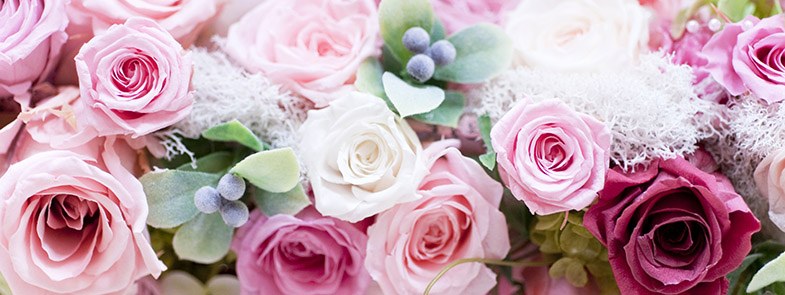Fruit growing rose in popularity during the 1870s and became an important pastime of the Victorians. No longer was fruit growing limited to farmers, looking to produce Perry and cider, as a form of payment to their labourers, the wealthier Victorians created orchards on their estates too. These comprises of not just apples and pears, but also stone fruits too, … Read More
British Bees
There are approximately 250 species of bee in the UK and they can be broken down into two groups – the social bee and the solitary bee. Here’s an overview of each. Social bees There are only 24 species of social bee in the UK. The most talked about are the honey and bumble bee, but the most common is … Read More
The Victorian sunken garden
Sir William Gilbert added the sunken rose garden at Grim’s Dyke in the late 19th Century. Sunken rose gardens became very popular in the Victorian area, growing in popularity throughout the Edwardian period of the early 1900s. It could be that Sir William added in this delightful secluded area, as he knew how much Lady Gilbert loved gardening – and … Read More
Giant Rhubarb (Gunnera Manicata)
Here in the grounds of Grim’s Dyke, we have an amazing specimen plant that can grow up to 2.5 metres tall, with a spread of up to 4 metres. Commonly known as the Giant Rhubarb, this plant adorned many a stately garden – and is it any wonder? This prehistoric-looking plant cuts and imposing figure in any large garden, with … Read More
The Victorian Apiary
One of the more unusual features of any well-to-do Victorian estate was an apiary, and Grim’s Dyke was no exception. W.S. and Lady Gilbert had (along with a vinery, farms and an orchard), an apiary at Grim’s Dyke – but what is an Apiary and why was it so popular? What is an Apiary? An apiary is a bee yard … Read More
Grim’s Dyke: A house of many influences
Built in 1870, Grims Dyke was designed by Richard Norman Shaw. Shaw was renowned for blending old and new styles of architecture and Grims Dyke was a testament to this. The design and subsequent build of Grims Dyke, successfully proved his theory that old English architecture was compatible with modern ideas of comfort and style. Grims Dyke was created in … Read More
Bring your Little Ones on a Magical Adventure
Bring your Little Ones to Grim’s Dyke for a spellbinding adventure Join Claudia for a magical family storywalk around the grounds of Grims Dyke hotel and gardens on Bank Holiday Monday May 30th at 10.30 am. Stopping at different features in the grounds, local storyteller, Claudia Mernick will entertain both children and adults with tales of fairies, giants, trolls, animals, and … Read More
Plant your own herb garden
Man has been using herbs, in the kitchen and for health-related reasons, for as long as history has been recorded. The Victorians in particular, loved to use herbs and flowers in their everyday lives – and no Victorian home was complete, without its own herb garden. Herbs such as Parsley, Sage, Rosemary and Thyme were the staple herbs of any Victorian kitchen, as is the case … Read More
How to look after your Roses
Lady Gilbert had her own rose garden in the grounds of Grim’s Dyke and women the world over love to receive them, but how many of us know how to really look after them – regardless of whether they are growing plants or cut flowers? Cut Roses You can tell roses are fresh, by gently squeezing where the petals join the stem … Read More
What’s happening in Grim’s Dyke Gardens in autumn
Autumn is quite a busy time for all gardeners and here at Grim’s Dyke, it’s no different. Autumn is the time to clear away, tidy and of course, to plant those spring bulbs. We’re also taking the opportunity to tidy out the borders – digging up annual plants and planting up winter flowerers such as Violas and Wallflowers, as well … Read More


